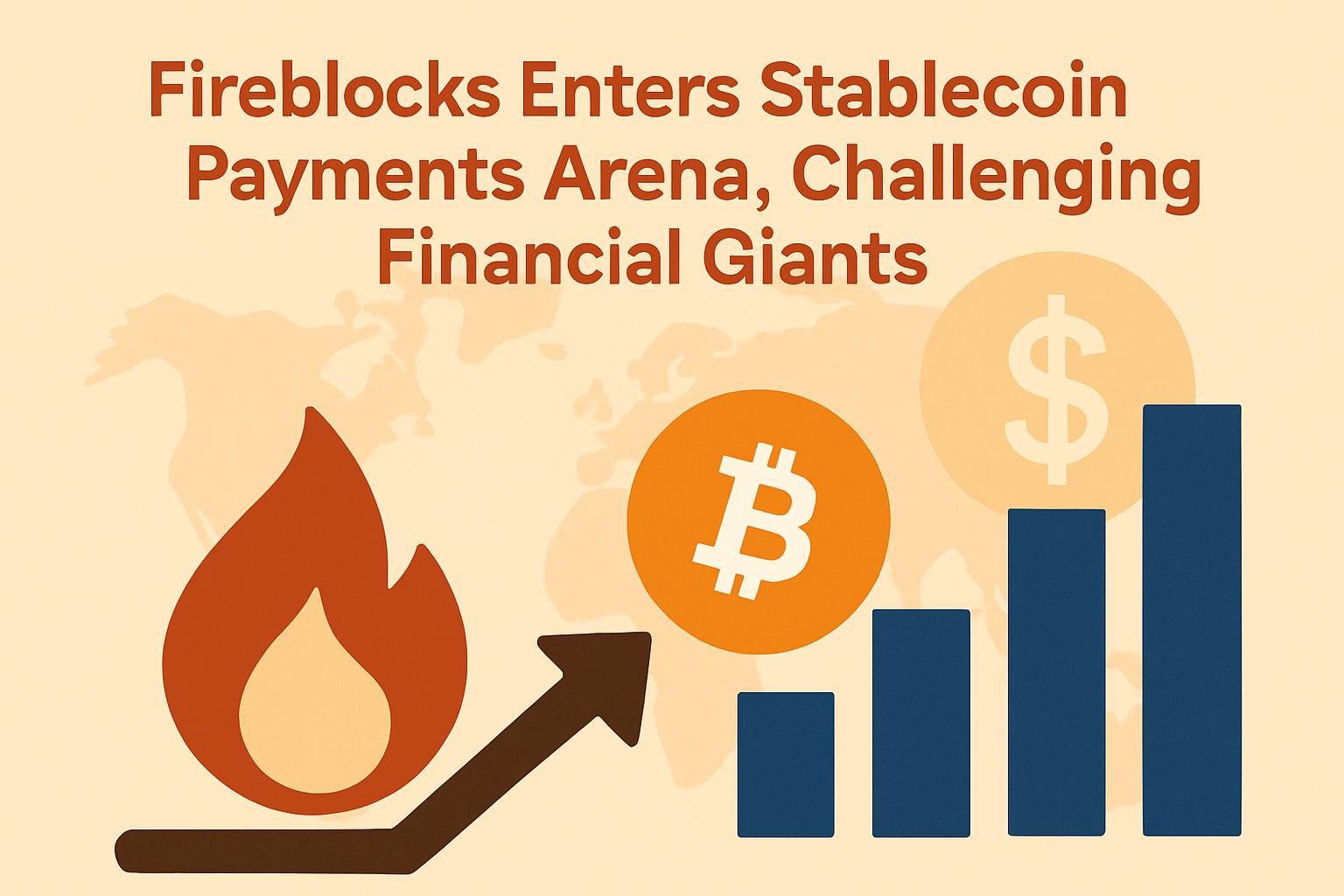In the fast-evolving digital financial landscape, where the stablecoin market is gaining momentum and regulatory frameworks are taking shape, blockchain security firm Fireblocks has made a significant move. The company has unveiled a robust enterprise-grade stablecoin payments network, designed to offer safer, compliant, and instant cross-border funds transfer for crypto companies and financial institutions.
Fireblocks’ Bold Step into Stablecoin Payments
Fireblocks, valued at an impressive $8 billion, recently announced the launch of this groundbreaking payments network. Through a unified API and streamlined workflow, institutions can now move assets fluidly and securely across different service providers, blockchains, and traditional financial channels.
Currently, the network has caught the attention of over 40 participants, including prominent players such as Circle, Bridge, Zerohash, and the African payments company Yellow Card. Michael Shaulov, Fireblocks’ Co-founder and CEO, boldly states, “We are becoming the backbone of stablecoin payments, enabling institutions to transfer value most securely and swiftly, whether cross-chain or cross-border.”
Transforming Emerging Market Payments: The African Example
The value of Fireblocks’ network is already being demonstrated in emerging markets. Chris Maurice, CEO of the African cross-border payments platform Yellow Card, highlights a transformative shift. Previously arduous, manual transfer processes have now given way to rapid service expansion, reaching over 20 African countries, thanks to Fireblocks.
In emerging regions, payment systems often struggle with inadequate banking infrastructure, fragmentation, and liquidity challenges. Fireblocks’ network is becoming a cornerstone of financial inclusion in these areas, underscoring the vast potential stablecoins have for cross-border and B2B settlements.
Rising Competition in Stablecoin Payments: A New Frontier
Fireblocks is not alone in targeting this rapidly growing market. Payments giant Stripe recently announced the rollout of “Tempo,” a dedicated L1 blockchain engineered for stablecoin transactions, featuring fiat-denominated fees to alleviate the inconvenience of gas fees in native tokens. This move aims to lower the adoption threshold for businesses.
Simultaneously, stablecoin issuer Circle is advancing its own L1 blockchain, “Arc,” using USDC as the native gas. This network is designed to provide deep integration for cross-border and currency settlement, corporate payments tools, and B2B scalable payment scenarios through its cross-chain transfer protocol, among other features.
The Global Payment Infrastructure Battle
Currently, stablecoins have captured a market capitalization of $288 billion, with monthly payment volumes exceeding $94 billion, driven by B2B and card payments. This burgeoning market size has also intrigued traditional financial powerhouses, leading Visa and Mastercard to incorporate stablecoins into their clearing platforms. Meanwhile, financial giants such as JPMorgan and Citibank reportedly are exploring plans to issue their own dollar-backed stablecoins.
The race involving Fireblocks, Stripe, Circle, and traditional payment networks is shaping into a battleground for the future of digital financial infrastructure. While stability, compliance, user-friendliness, and scalability are crucial components, the stablecoin payments network has a long journey ahead in its quest for dominance.

![[News] Bitcoin at a Turning Point? 10x Research Signals a Bullish Macro Shift Ahead](https://cryptoexplores.com/wp-content/uploads/2025/06/new20250616.jpg)
![[News] Binance Lists $HOME, the Gas-Free, Bridge-Free All-in-One DeFi App](https://cryptoexplores.com/wp-content/uploads/2025/06/news20250617.jpg)